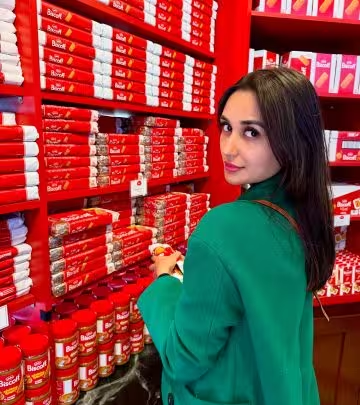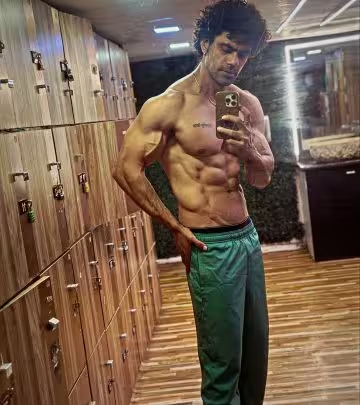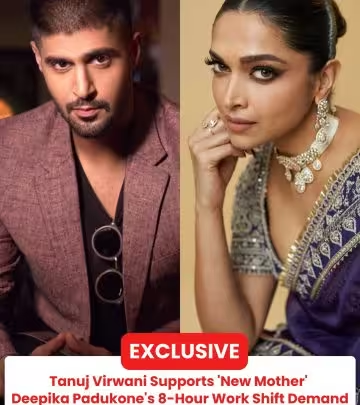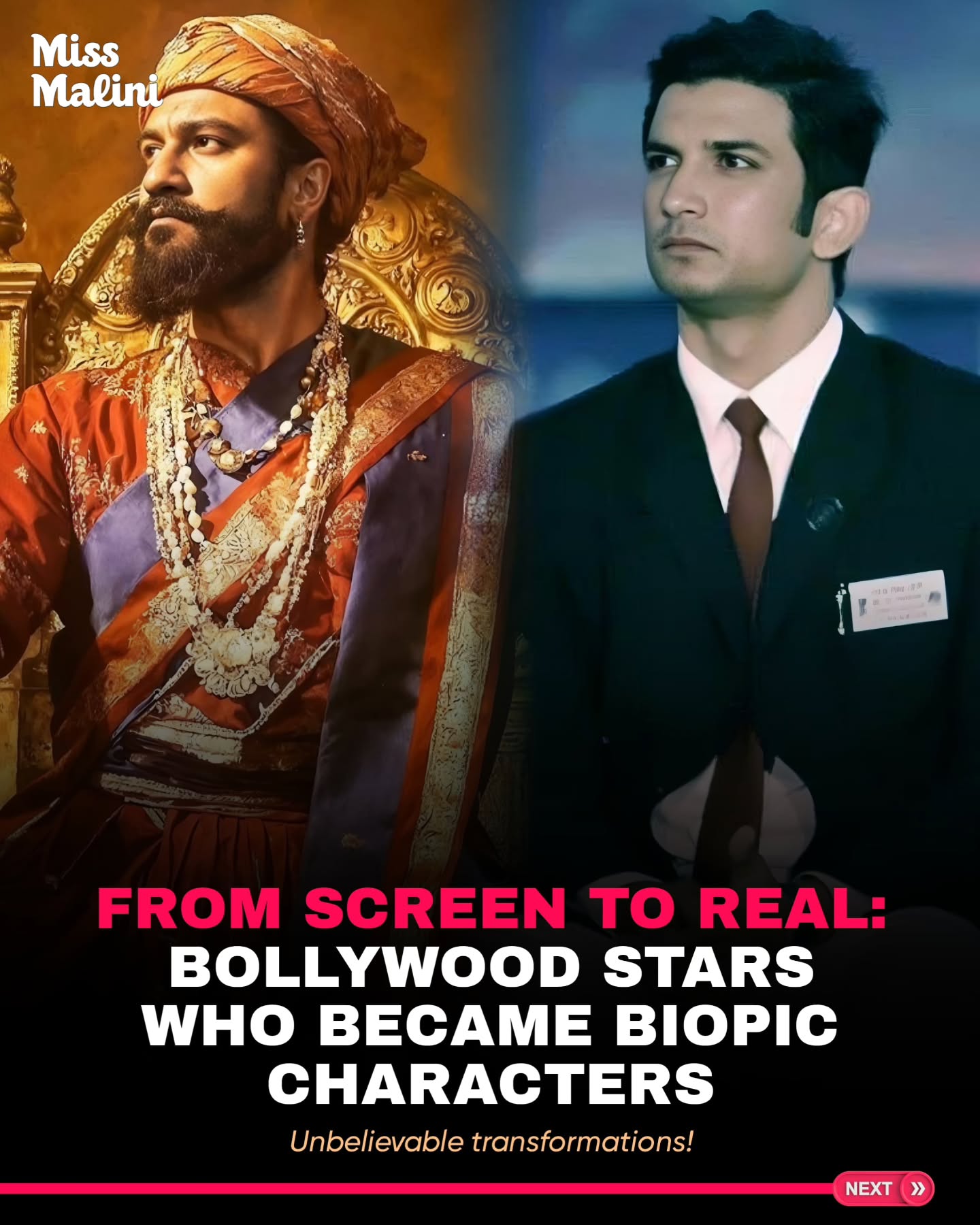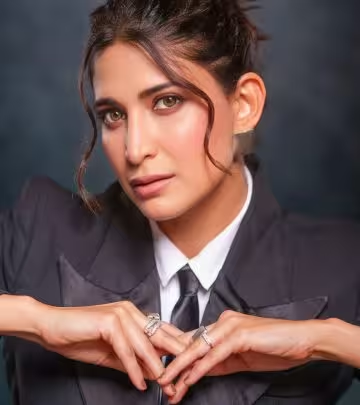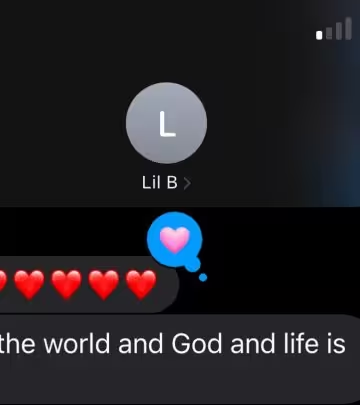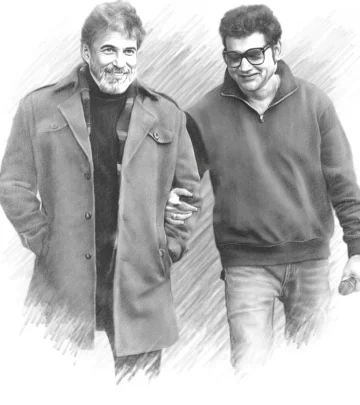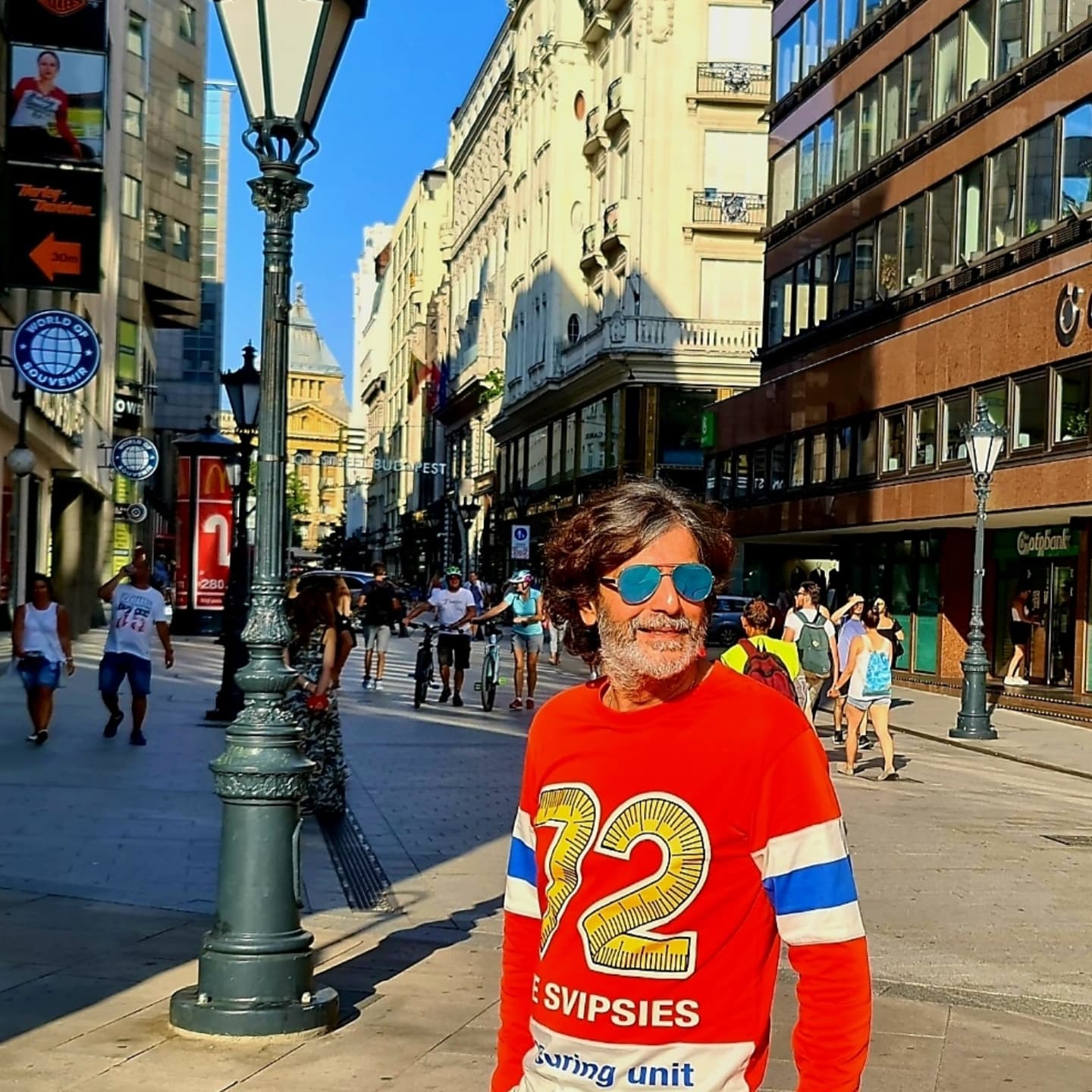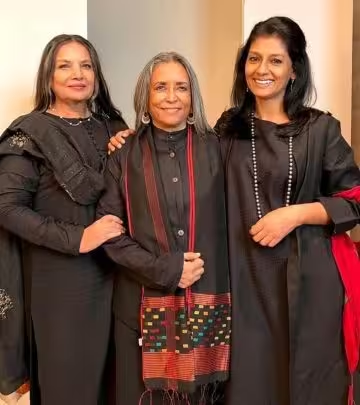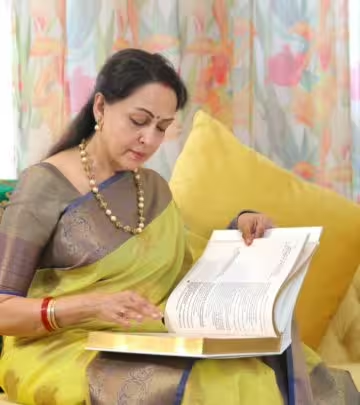Kajol Opens Up On Crying Controversy
Kajol reveals how fans shun her tearful scenes, as discomfort grows during screen sobbing.
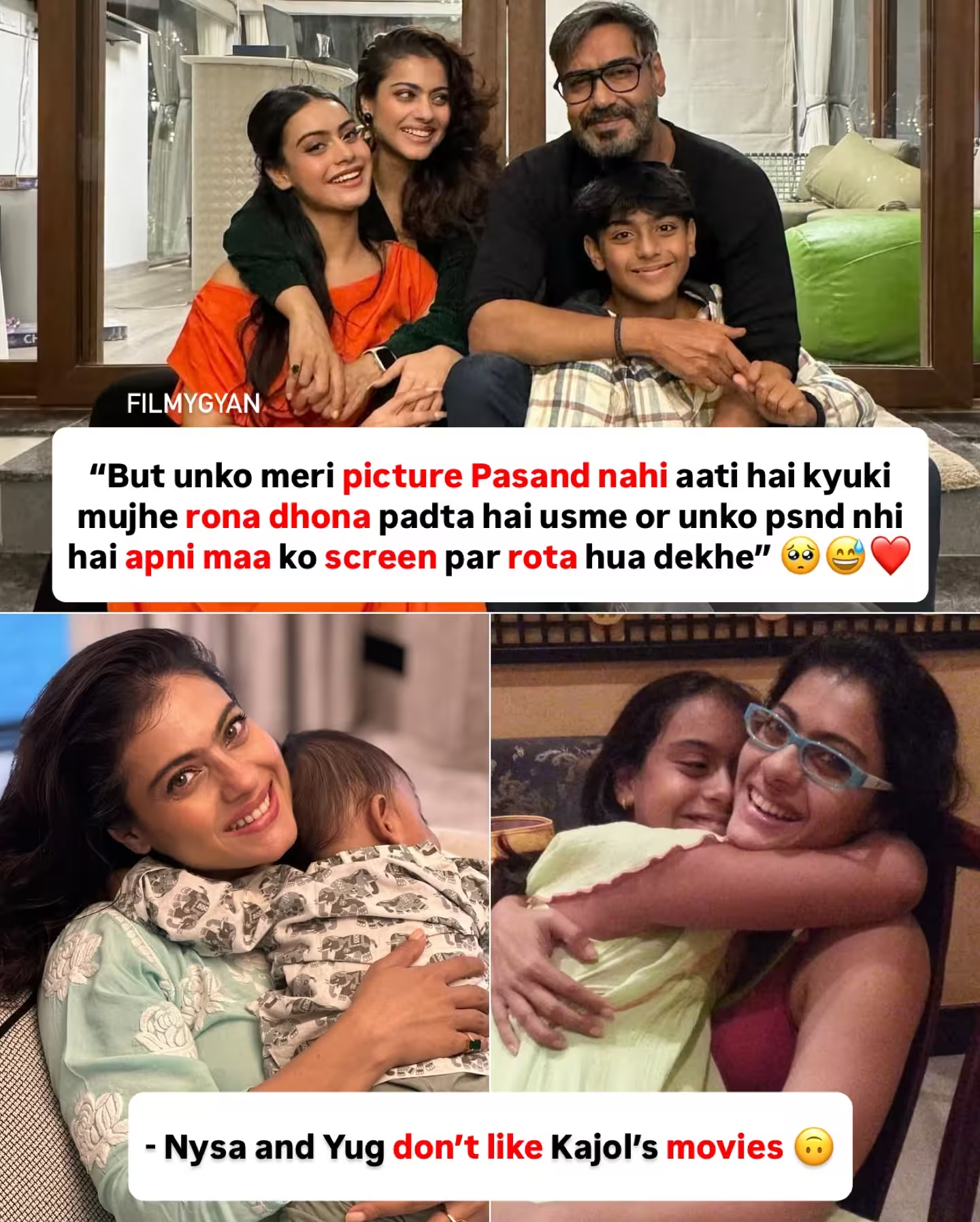
Image: Instagram
In one of the more unexpected turns in Bollywood interviews this season, veteran actress Kajol has opened up about a peculiar aspect of her on-screen persona. During a relaxed conversation hosted by Filmygyan—in the company of Dishaja Soria—Kajol revealed that her signature tearful roles might be having an unforeseen effect on her audience. “They just don’t like watching my movies cause I am crying and they feel bad about it,” she quipped, adding a humorous twist to what many might have taken as a somber confession.
Interview Insights
The conversation, marked by spontaneity and candid humor, shed light on the evolving tastes of moviegoers. Kajol, who has long been celebrated for her emotionally charged performances, noted that while her tearful portrayals have become somewhat of a trademark, fans today are experiencing a change of heart toward these intense emotional displays. The revelation came during a laid-back interview setting, where the actress discussed not only her film career but also the subtle disconnect that sometimes arises between artistic expression and audience reception. Filmygyan, known for its in-depth celebrity conversations, captured this moment as a glimpse into the evolving dynamics of Bollywood’s relationship with its memorable stars.
Changing Trends In Audience Reaction
For decades, Bollywood films have relied on heart-wrenching moments to tug at the audience’s emotions. Yet, as tastes evolve, what was once seen as powerful and moving may now cause discomfort. Kajol’s remarks point to a broader trend where a segment of the audience appears to shy away from overly emotional scenes. Critics and cinephiles have noted that, in recent times, there seems to be a growing reluctance towards the melodramatic tropes that have long defined the industry. With fans now preferring a blend of realism and subtlety, Kajol’s traditional style of acting—characterized by powerful expressions and tearful moments—might be encountering mixed reviews.
A Candid Look At The Actress
During the interview, Kajol did not mince words. With a mix of self-deprecating humor and insightful reflection, she highlighted an inherent irony: while filmmakers often craft tearjerker scenes to evoke empathy and connect with the viewer, many fans admit that they are, in fact, uncomfortable watching the raw display of vulnerability. Her questioning of the status quo goes beyond personal experience; it is an invitation to re-evaluate how emotional performances are perceived in contemporary cinema. The actress’s frank admission not only humanizes her legendary career but also serves as a commentary on the subtle shift in audience psychology.
Understanding The Audience’s Perspective
Bollywood has often been a mirror to societal moods, and emotional scenes have played a crucial role in this reflection. Kajol’s statement forces both filmmakers and audiences alike to ponder the delicate balance between art and sensibility. When an actress so celebrated for bringing forth deeply emotional characters suggests that the audience’s response might be counterproductive, it opens up a wider discussion. Some viewers might feel that excessive dramatization distances them from relatable narratives, while others appreciate the cathartic release that such scenes offer.
Reflections From Industry Insiders
While Kajol’s comments have sparked a flurry of discussions across social media platforms, industry insiders are weighing in on the phenomenon. Directors and producers have long experimented with varied storytelling techniques to match changing audience preferences. The actor’s revelation has been seen as a timely reminder that the cinematic language must evolve with its audience. In casual exchanges on Instagram and Twitter, insiders have noted that embracing a more nuanced style might bridge the gap between tradition and modern sensibilities.
Beyond the interview, glimpses of related content from various social media posts hint at a broader cultural conversation. In recent Instagram updates, celebrities have been showcasing a mix of high-energy moments, subdued introspection, and playful banter—all reflecting the diversified palate of today’s film aficionados. Although earlier posts focused on glamorous celebrations and bold styles, the current discourse around emotional authenticity seems to be gaining momentum, echoing Kajol’s recent sentiment.
The Broader Implications
Kajol’s candid revelation is more than just an offhand remark about audience preferences; it is reflective of the ways in which the entertainment landscape is being redefined. The discomfort expressed by some viewers over tearful portrayals may be a signal for filmmakers to innovate, blending traditional melodrama with fresh narrative tools. As digital platforms evolve and viewers are exposed to a variety of international cinematic styles, Bollywood too seems poised for a transformation.
This conversation, though lightened by Kajol’s trademark humor, taps into a deeper narrative: the eternal dialogue between the creator and the consumer. In sharing her experience, the actress not only reinforces her human side but also challenges the industry to reassess how storytelling is crafted and delivered. As fans continue to navigate the complex emotions evoked by on-screen performances, the industry’s response may well dictate the future dynamics of movie-making.
Even as the debate on the aesthetics of crying scenes continues to simmer, one thing is clear—Kajol’s willingness to speak openly adds another fascinating chapter to her illustrious career. Her blend of vulnerability and wit has always resonated with audiences, and this latest revelation is a testament to her enduring relevance in the ever-changing world of cinema.
Read full bio of Preeti Jha





